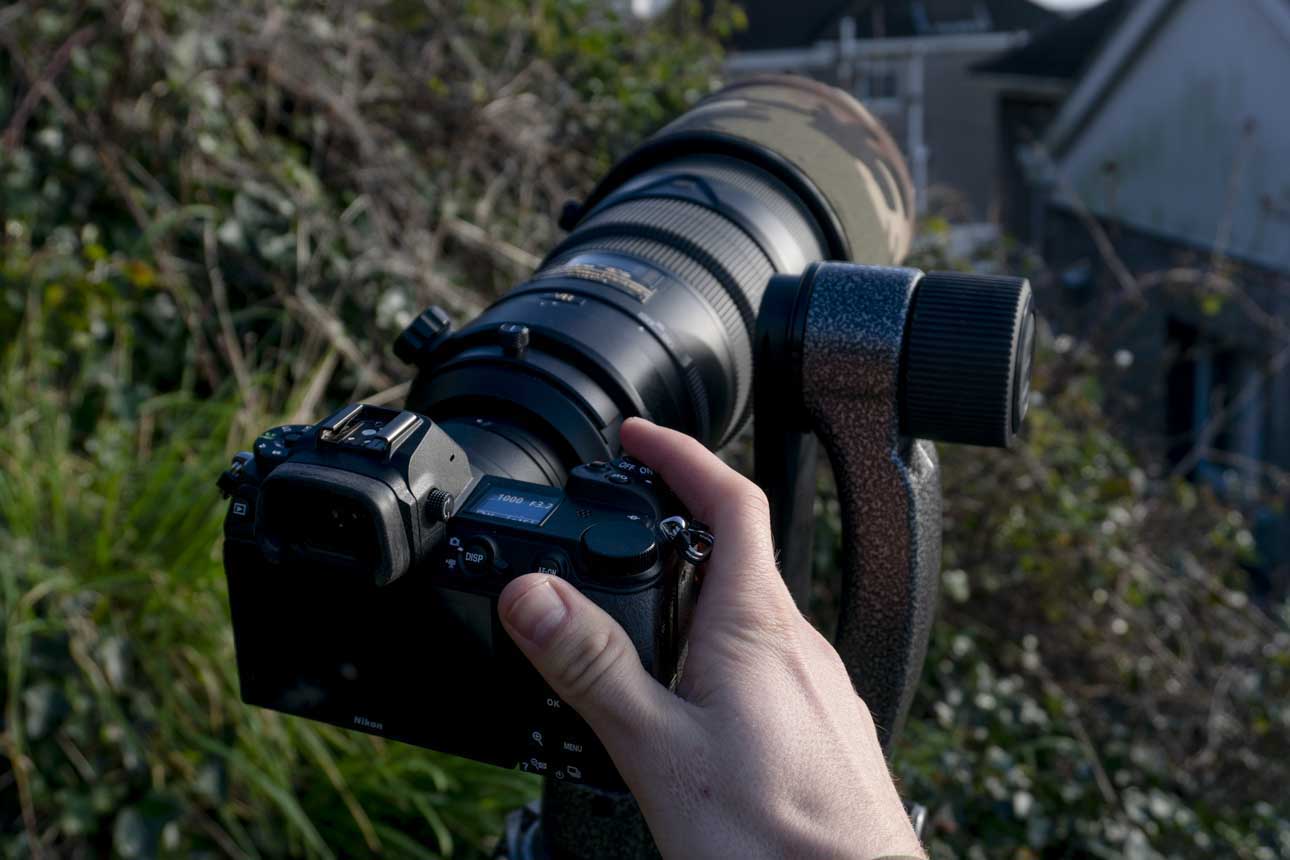[ad_1]
In the era of artificial intelligence, industries across the board have been subject to transformative changes. The photography industry, like many others, is poised at the precipice of a revolution. The rise of generative AI, capable of creating unique, never-before-seen images in response to a given prompt, threatens to upend the conventional norms of professional photography. But does this signify the death of an industry, or merely its evolution?
The capabilities of AI have grown at an astonishing rate, with its algorithms creating art, composing music, and even writing text that is nearly indistinguishable from human work. The arrival of AI systems that can create realistic images based on specific briefs presents an undeniable potential for disruption in the realm of professional photography.
This evolution calls into question the very relevance of traditional, human-centric stock imagery and commissioned shoots. With the costs associated with AI-driven image creation expected to decrease over time, the prospect of generative AI replacing certain aspects of the photography market seems plausible. After all, why would a picture editor pay for stock imagery when AI can generate it quickly and economically?
Yet, as alarming as this prospect might seem for professional photographers, it is crucial to consider the whole picture. While the capabilities of AI are impressive, there is an array of elements intrinsic to human-driven photography that, as of yet, remains out of reach for AI.
Photography, at its heart, is not just about snapping pictures—it is a form of communication, telling stories through a blend of technical skill, creative instinct, and an eye for detail. It is about capturing moments, evoking emotions, and creating narratives. This nuanced understanding of context, empathy, and the human condition is something AI currently lacks, despite its impressive strides.
Moreover, there’s a significant element of human experience that feeds into a photographer’s work—understanding a client’s needs, their personalities, their brand ethos, and more. These subtle, yet critical, nuances often make the difference between a good photograph and a great one. Until AI can demonstrate this level of sophistication, there will always be a niche for professional photographers.
So, what’s next for the professionals? Will they become obsolete in this brave new world of generative AI? Far from it. Rather than fearing the rise of AI, it would be more constructive to embrace it as a tool that can elevate their craft.
Generative AI can help alleviate the mundane tasks and allow photographers to focus more on creativity and innovation. It can serve as an aid, providing preliminary drafts that photographers can build upon, thus augmenting their capabilities rather than replacing them outright. Photographers can also harness AI to offer a greater range of services and open up new avenues for their businesses.
The future will likely see a blend of AI and human creativity, with each pushing the other to new heights. The intersection of photography and AI is not a death knell but rather an opportunity for photographers to explore new terrains, push their creative boundaries, and redefine their roles in this evolving landscape.
Change is inevitable. Like every other industry disrupted by technology, professional photography must adapt. However, one thing remains certain amidst this flux: as long as there is a need for human connection, empathy, and creative expression, there will be a need for the human touch in photography, AI or not. So, rather than killing the market for professional photography, generative AI might just breathe new life into it.
[ad_2]
